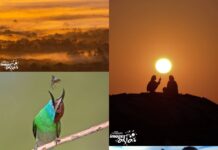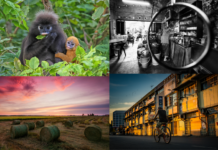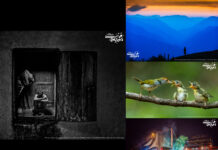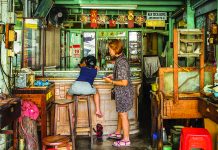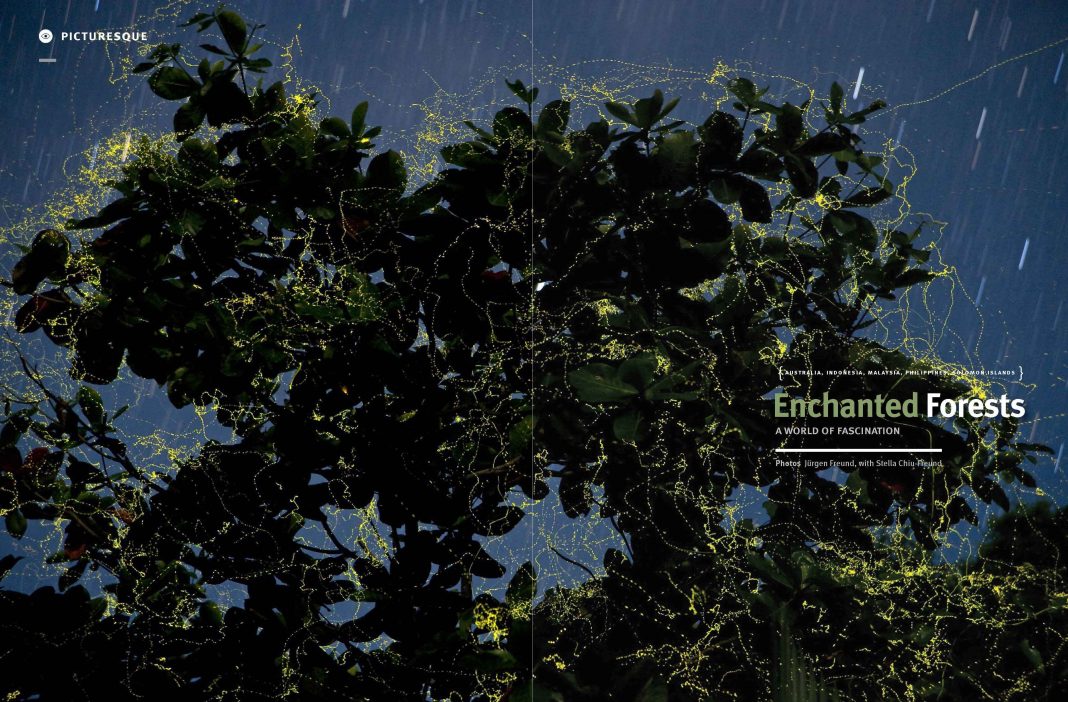
(Text and photos by Jürgen Freund, with Stella Chiu-Freund)
From Borneo to the Solomon Islands, Indonesia to the Philippines and Australia, we enter a magic world, where the sounds of the forests come to life in charming fashion, displaying an array of colours and a diversity of behaviours that have been an inspiration to authors, artists and dreamers since time immemorial. We celebrate the call of the wild.
— Jürgen Freund, with Stella Chiu-Freund
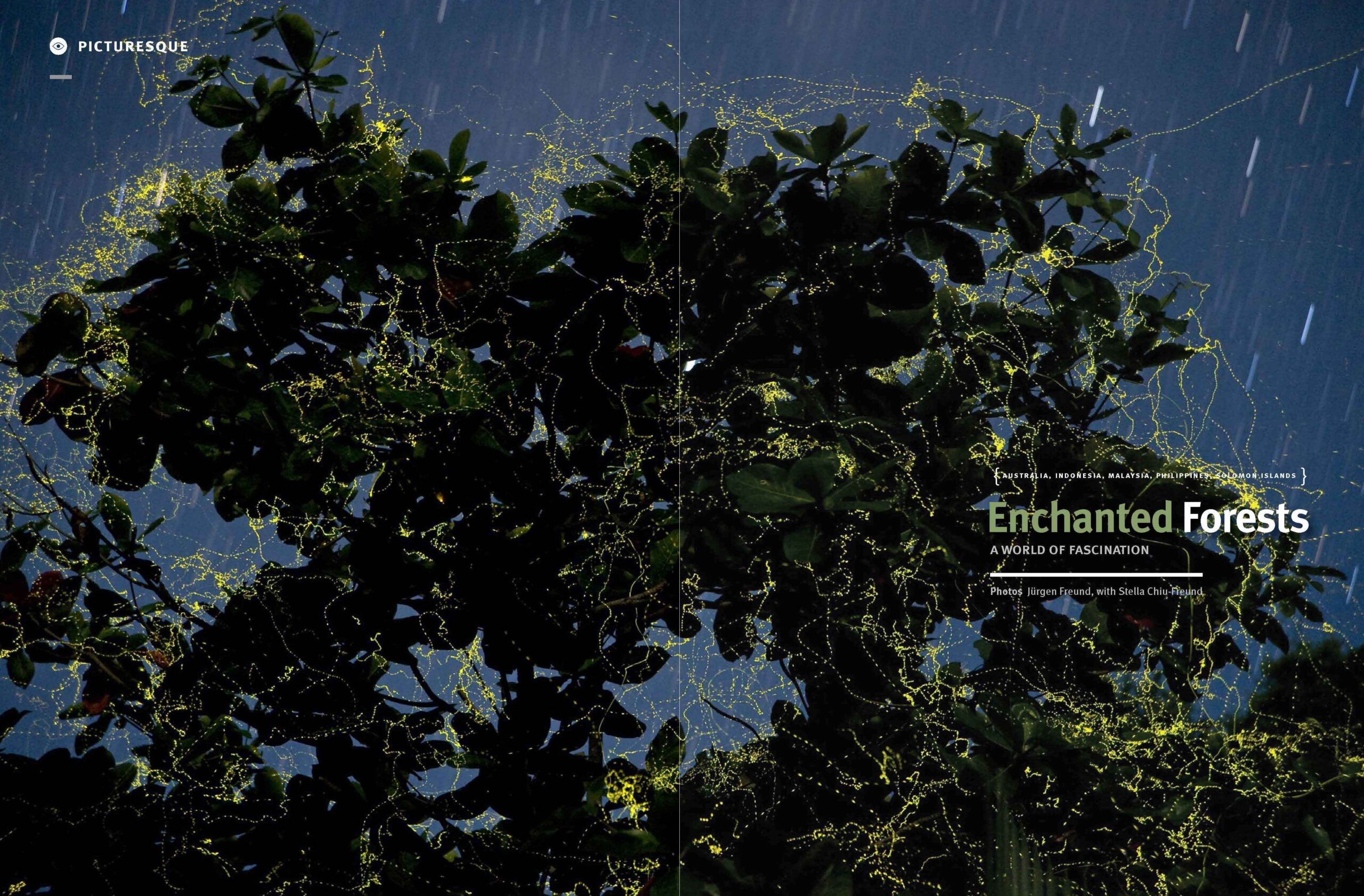
Jo, Bessie and Fanny come to live at the edge of the Enchanted Wood where the trees, “a darker green than usual”, whisper their secrets: “Wisha-wisha-wisha”. In the wood is the Faraway Tree – a huge tree inhabited by fairy-folk and laden with fruit of all kinds from acorns to lemons. Its topmost branches lead to ever-changing magical lands above the swirling clouds…
– The Magic Faraway Tree (Enid Blyton, 1943)
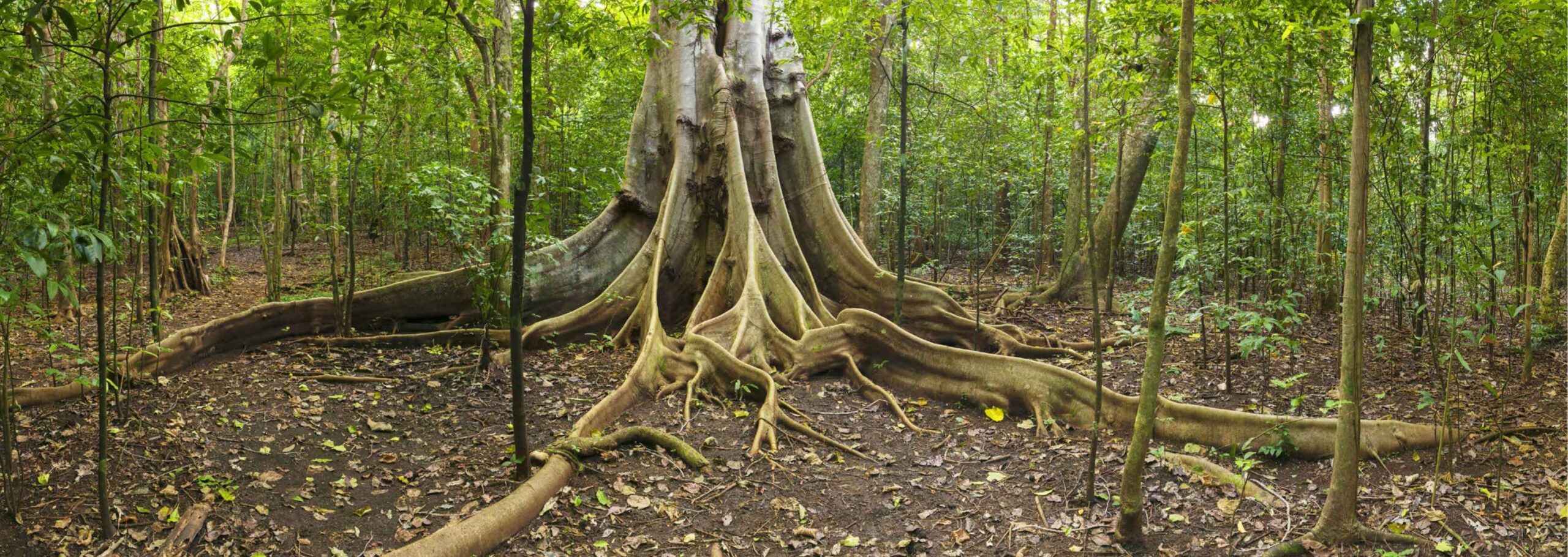
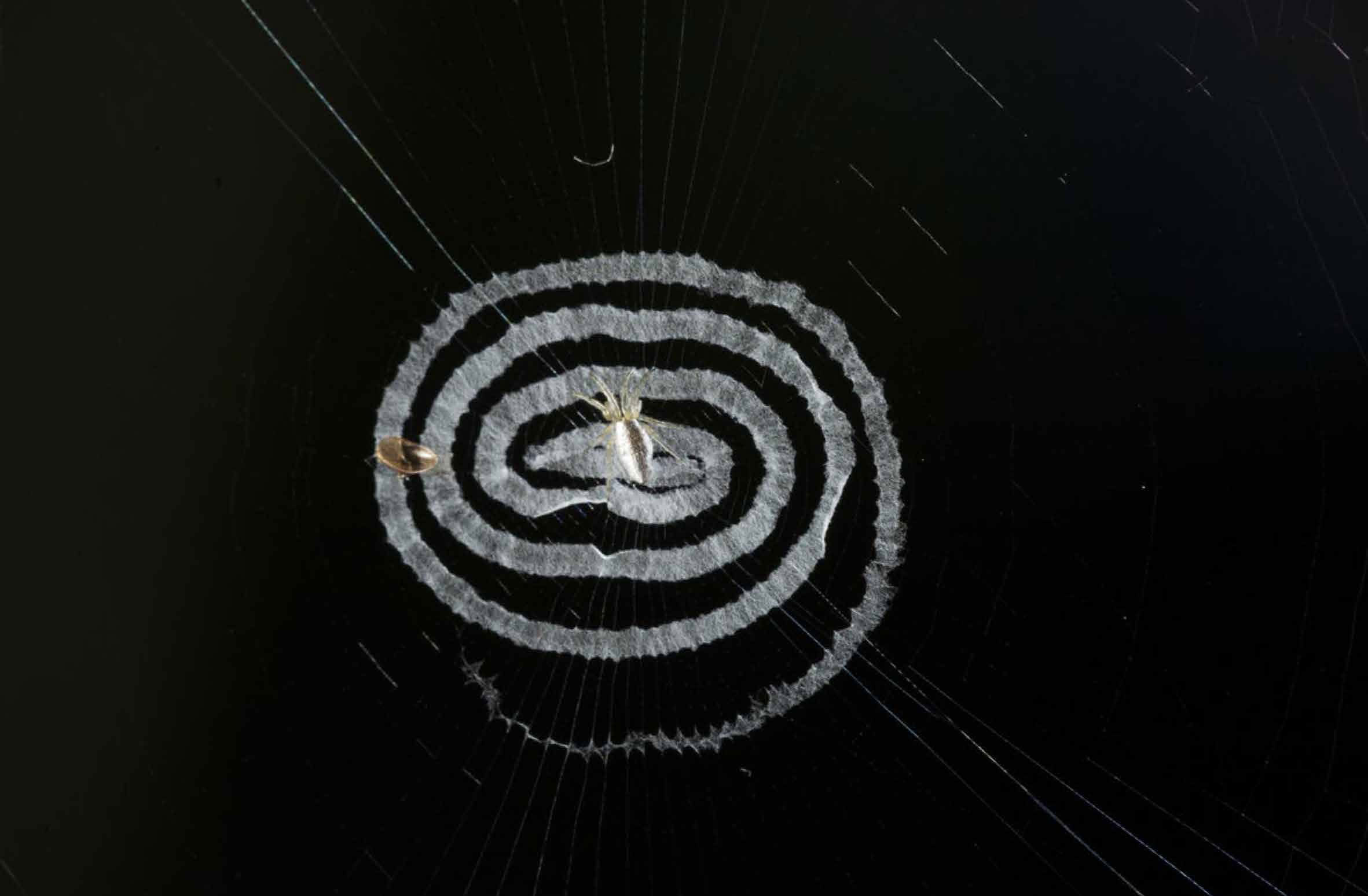

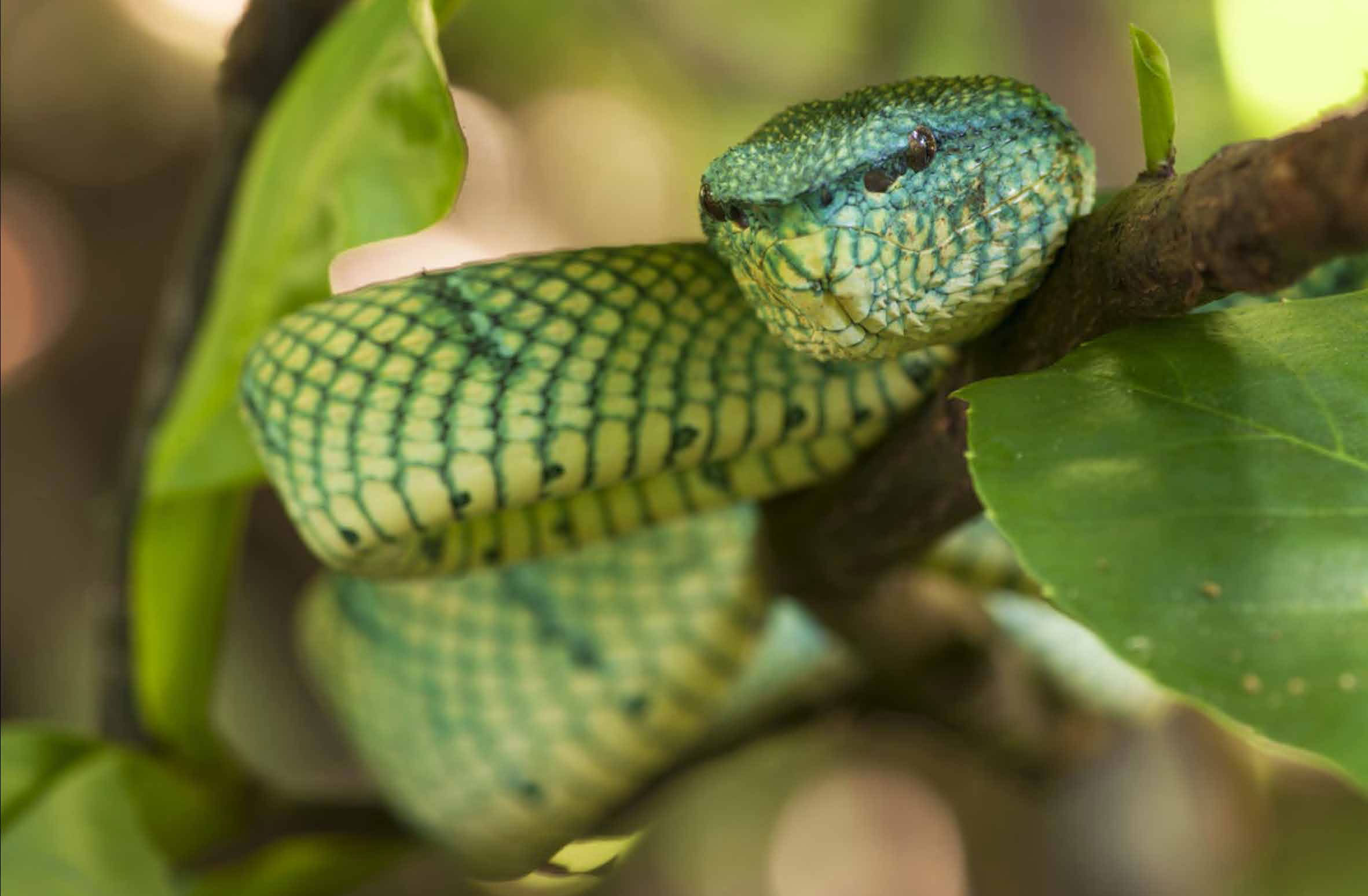
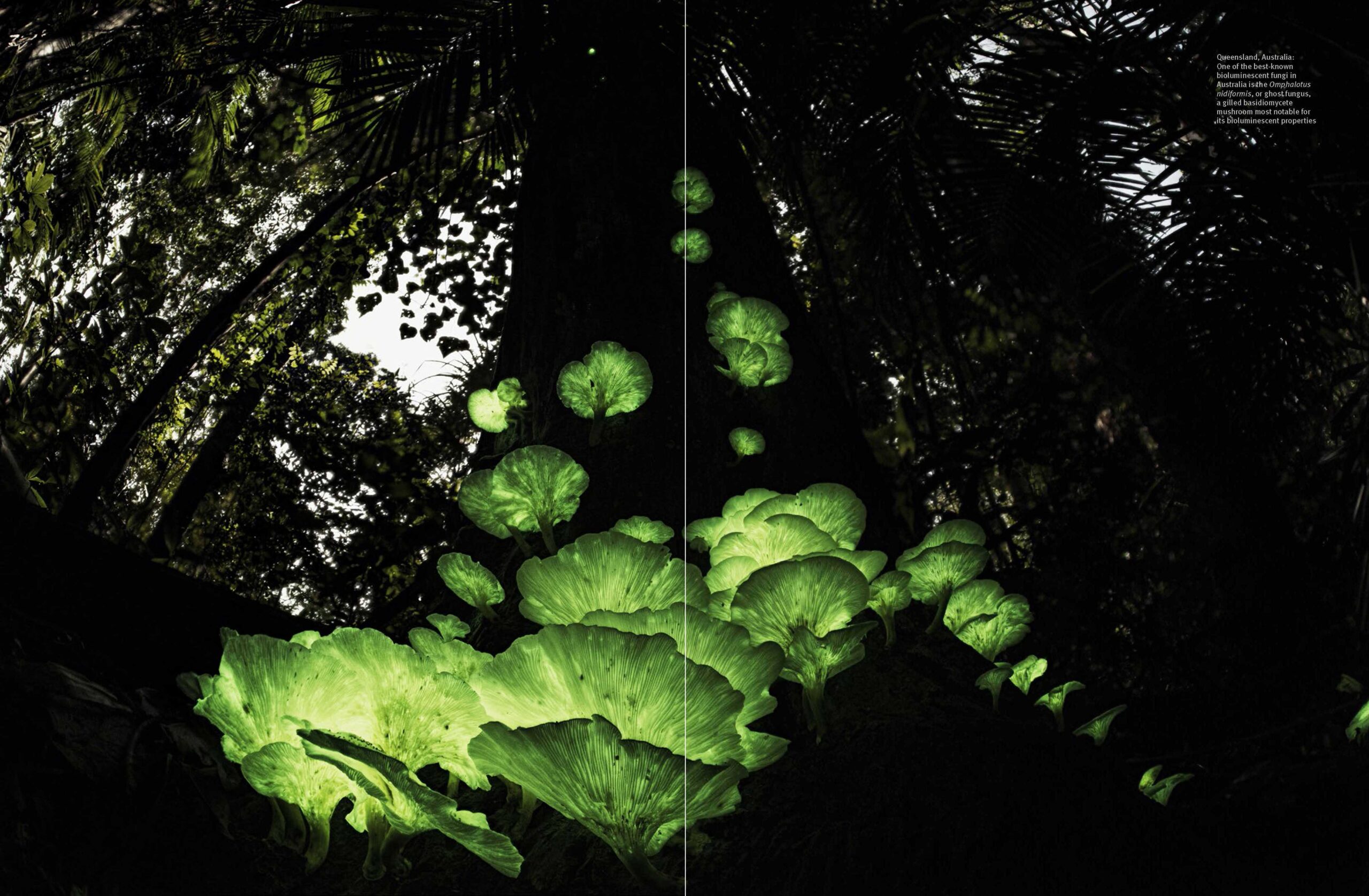
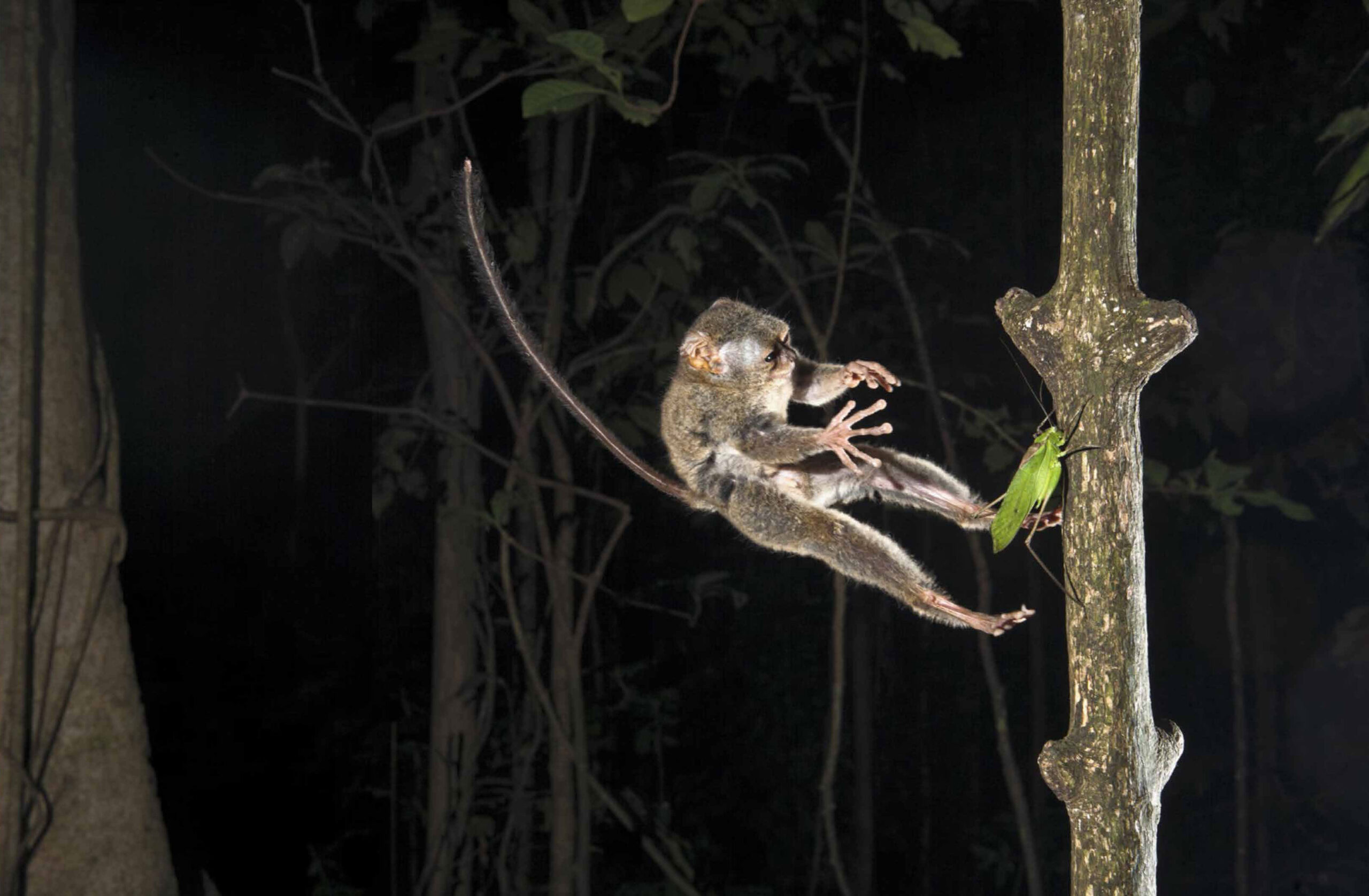

JÜRGEN FREUND or “Yogi”, as he is widely known, has been pointing his camera at all creatures great and small for several decades now, with great success. He excels in Nature photography underwater, as well as on land. Yogi works with his wife Stella Chiu-Freund on projects that take them across Australia and around the world. Yogi and Stella have also published some stunning books that aim to focus attention on valuable and fragile places. www.juergenfreund.com
Read the rest of this article in No.104 Issue 3/2014 of Asian Geographic magazine by subscribing here or check out all of our publications here.


